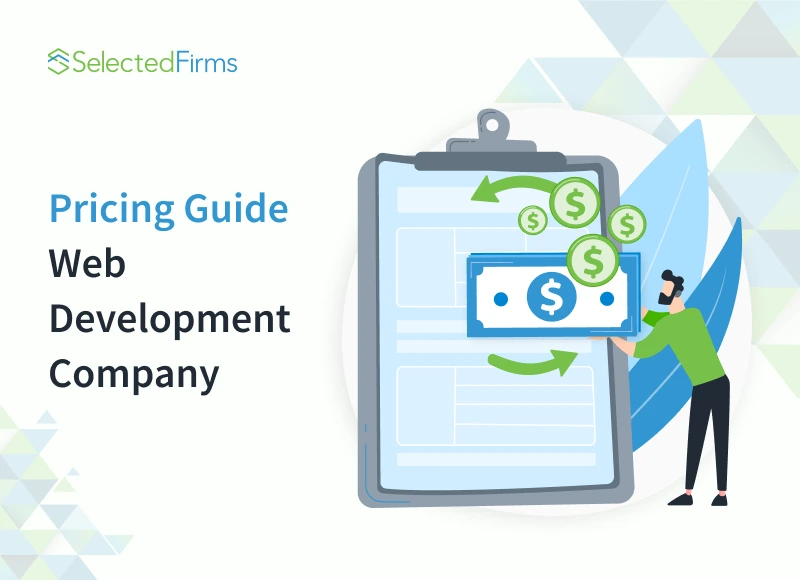Table of Contents
Explore the advantages of providing various payment methods for your online store. Increase sales and improve customer experience with our insights!

The eCommerce industry is growing quickly, and in addition to the many variables that affect conversion rates and customer satisfaction, there has been a significant demand for options to accept different payment methods.
Since online shopping has become more accessible, customers have gotten used to various payment options that align with their preferences and lifestyles. This means that with varied means of payment, businesses can reach a bigger audience and create superior shopping experiences. This not only motivates customers to make their purchases but also builds confidence in the brand, a key ingredient for any successful eCommerce.
Enhancing Customer Convenience
Perhaps one of the most striking features of the varied payment options is the convenience it has brought customers. Today, shoppers vary in their preferences for paying credit cards, debit cards, digital wallets, or perhaps mobile payment solutions.
Companies giving consumers various preferred payment options can significantly reduce checkout friction. When customers find a comfortable way to pay, they will most likely complete their purchase, increasing conversion rates and reducing cart abandonment.
Building Trust and Credibility
Offering a variety of payment options can also build trust and credibility for any eCommerce business. Customers are much more inclined to spend their money on websites that show both recognizable and secure means of paying. Seeing those more recognisable options like PayPal, Apple Pay, or Google Pay, they go with it because they have the feeling that their transactions are in good hands.
To further reinforce this security and credibility factor, you can also add more reliable payment logos for display. A good payment processing experience translates to good reviews and also repeat customers, and that is one way to guarantee success in the long run.

Engaging a Global Market
Today, enterprise businesses no longer need to limit themselves to local or national consumers. More and more e-commerce brands extend their businesses to international markets. Therefore, providing multiple modes of payment is very crucial for the facilitation of global shoppers. Different geographies also vary greatly in terms of preferred modes of payment, and hence, businesses must adhere to meeting those demands.
While credit cards may be the dominant form of transactional method in North America, local electronic payment systems prevail elsewhere, such as Alipay in China and iDEAL in the Netherlands. Many payment gateways also enable one to accept WeChat Pay; hence, a business will be able to explore new markets and reach out to more customers.
Reduce the Rate of Shopping Cart Abandonment
Cart abandonment remains one of the major challenges faced by eCommerce businesses, as nearly 70% of shoppers abandon their online cart before finishing a purchase. One of the major reasons for cart abandonment is the unavailability of preferred payment options on the checkout page.
Customers might just move out if their preferred mode of payment is not showing up and look for better alternatives. Businesses make sure that abandonment is not an issue when increasing overall sales by providing a range of different payment options. This can ensure that customers choose among credit cards, digital wallets, and other alternative choices.
Accommodating Mobile Shoppers
The rise of mobile commerce has made accommodating mobile shoppers all the more critical when it comes to eCommerce success. With more consumers making purchases via smartphones, businesses must optimize their payment options and use Invoices Receipts Templates to streamline transactions.
Mobile payment solutions like Apple Pay and Google Pay equate to fast and quick experiences for shoppers on the go. Integrating such options into their checkouts lets businesses craft frictionless experiences for driving mobile purchases. A mobile-friendly payment process may satisfy customers more but can also capture the increasingly growing segment of mobile shoppers.
Competitive Advantage
Having multiple payment options is actually a great competitive edge in a highly competitive eCommerce environment. Many consumers will choose to shop with businesses offering their preferred payment method, and therefore, not having these options could mean lost sales.
By offering diversified payment options, a company should position itself as responsive to customer needs and market demands. This enables it to acquire newer customers and, at the same time, establish customer loyalty in that a customer may patronise the company again for other purchases. Since competition is growing, making consumer preferences easier to act upon has become a significant plus for survival.
Keeping Up with Industry Trends
The eCommerce space still needs to be opened, with new payment technologies and trends coming up daily. With such trends in view, every business will always be included due to diversifying into other payment means to meet the dynamics of customer preference.
For example, with the increasing usage of cryptocurrencies, many businesses are looking into digital currencies as another payment avenue. Companies will ensure relevance in the market by being informed about various industry trends and expanding their payment options correspondingly. Embracing new technologies shows innovation that can be appealing to consumers.
Simplifying Transactions for Businesses
Operationally, having multiple options to pay will also allow transactions for business. Today, payment processors are in a place where they can offer numerous tools to make managing and reconciling payments easier.
Having a variety of payment options located within one platform enables companies to track sales and payment data far more efficiently. This saves time and reduces the incidence of errors and discrepancies in reporting. Also, automated payment solutions may improve cash flow and, hence, help manage the finances of the business better.

Insights into Customer Understanding
Multiple payment options also help in understanding customer preferences and behaviour. Through these transaction data, firms can better understand what kind of payment method customers prefer. This knowledge can then be used to develop marketing strategies and offer relevant products to customers.
Based on these customer insights about payments, businesses can make a number of data-driven decisions to improve customers' shopping experiences, which in turn will drive sales.
Ensuring Compliance and Security
While this extension of options is highly helpful, there are certain priorities without which a business operation cannot be ensured, such as compliance and security. With more modes of payment coming up, there also comes an added responsibility to care for sensitive data belonging to your customers. Therefore, all options of the given payment must completely comply with set industry regulations designed to safeguard customer information, such as PCI DSS.
Businesses should partner with reputable payment processors that offer secure transaction solutions and fraud prevention measures, enabling customers to monitor credit usage and detect unauthorized transactions quickly. This would include gaining customer trust and confidence in a company's processes to make payments to the next level.
Creating a Seamless User Experience
The ultimate goal of multi-payment options is to ensure a seamless user experience for shoppers online. A well-designed checkout that also includes a variety of payment methods could enhance the customer's journey.
Companies should work toward reducing friction throughout each checkout stage, from cart to confirmation. This includes optimizing loading time, simplifying forms, and ensuring ease of navigation to payment options. You can generate invoices and track records through MS Excel Invoice Receipt Template, making it easier to manage transactions efficiently. A seamless user experience, combined with well-organized financial records, encourages conversions and fosters customer loyalty and satisfaction.
Leverage Customer Feedback on Payment Options
An excellent way to improve your eCommerce payment processing is to leverage customer feedback about the available payment options. You engage your customers through surveys or feedback forms, which gives you a variety of information about their preferences and experiences with your payment methods. This will help you identify points of friction at checkout or desirable payment options currently not offered on your site.
Proactively requesting customer feedback enables the business to make knowledgeable decisions about adding or modifying payment options to meet the ever-evolving needs of its customer base. This not only enriches the shopping experience but also creates a sense of customer loyalty, where shoppers are heard and valued.
Preparing for Future Payment Innovations
As technology is continuously improving, more innovative ways of paying for goods and services continue to happen in the world of eCommerce. Preparing your business for future payments can be about competitiveness. For example, the increasing adoption of biometric payments, or payment plans such as "buy now, pay later", is altering the way buyers make online payments.
A company apprised about the latest emerging technologies in the field of payments will also be in a better position to adapt instantly to changing consumer behavioural changes. Investment in flexible payment processing systems that allow one to accommodate new methods of payments will not only future-proof businesses but also enhance customer satisfaction by providing them with the latest conveniences in the way payment processing is done.
Wrapping Up
In the dynamic world of eCommerce, multiple payment options are no longer a luxury but a strategic necessity. The benefits of considering diverse payment preferences span far from the convenience of an offer: They inspire trust and open global markets, reduce cart abandonment, and even provide reasons to differentiate.
The customer's shopping experience is further improved when various payment options are accepted, increasing sales and encouraging customer loyalty. As eCommerce continues to develop and change, adapting will be crucial in maintaining success within the industry.









